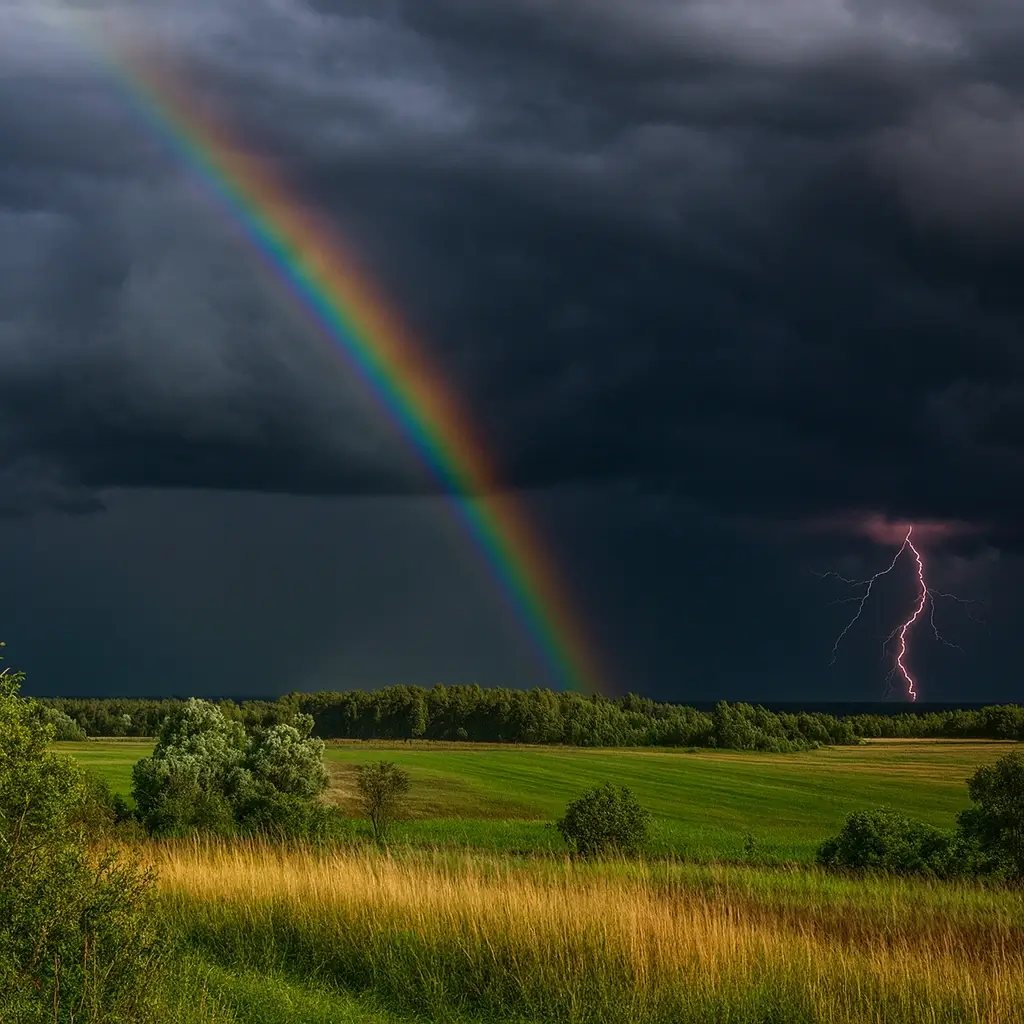Recovery from childhood complex trauma isn’t just about learning new tools or understanding your past. It’s also about facing the things that get in the way. Healing asks for honesty, courage, and steady practice—but there are forces inside us and around us that resist that process.
That’s what this section is about: the barriers that make healing harder. Naming them doesn’t mean blaming yourself. It means shining a light on the hidden obstacles so they stop working in the dark.
Healing Isn’t a Straight Line
People sometimes imagine recovery as a steady climb: once you see the problem and start working on it, you get better step by step. The truth is much messier. Healing has starts and stops. Some days you feel strong; other days you feel like you’ve slid back into old patterns.
This doesn’t mean you’re failing. It means you’re human. Trauma wired your system to survive in a certain way. Those survival strategies don’t let go without a fight. They show up as barriers—internal resistance, fear, shame, avoidance. And when those barriers are triggered, the path feels blocked.
Naming them helps you see what’s happening so you don’t confuse a barrier with a dead end.
Common Barriers to Healing
There are many, but most barriers fall into a few main categories:
Denial
Denial isn’t always conscious. Sometimes it’s not flat-out “this never happened.” Sometimes it’s subtle: minimizing your experiences, comparing yourself to others who “had it worse,” or insisting “I turned out fine.”
Denial protects you from overwhelming pain. But it also prevents you from seeing clearly. If you can’t name the wound, you can’t begin to tend to it.
Shame
Shame is one of the deepest marks of childhood trauma. It whispers, “Something’s wrong with me. I’m unworthy. I’m broken.” Shame makes you want to hide. And if you hide from yourself, you can’t face what needs to be healed.
Shame is sticky. It clings to your sense of identity. It convinces you that the problem isn’t what happened to you—it’s who you are. Working through shame is one of the hardest, but most essential, parts of recovery.
Fear of Change
Even when life is painful, it’s familiar. Trauma survivors often cling to what they know because change feels unsafe. Healing means letting go of old strategies and identities, and stepping into unknown territory. That can stir up fear: What if I fall apart? What if I can’t handle it? What if I lose who I am?
Fear of change is natural. It doesn’t mean you can’t change—it just means your system is bracing.
Resistance
Sometimes the barrier isn’t denial or fear, but a kind of pushback. You want to heal, but another part of you says, “Not now. Not this way. Not at this cost.” Resistance can show up as procrastination, perfectionism, intellectualizing, or distraction. It’s the survival system digging in its heels.
Self-Sabotage
This is when you take steps forward, then undo them—consciously or unconsciously. Maybe you quit therapy just when it’s starting to help. Maybe you pick a fight with someone supportive. Maybe you reach for the very coping strategy that keeps you stuck.
Self-sabotage isn’t proof you don’t want to heal. It’s proof that part of you still feels safer in the familiar pain than in unfamiliar freedom.
Learned Helplessness
If you grew up feeling powerless, you may have internalized the belief that nothing you do makes a difference. As an adult, that can sound like: “Why bother? I’ll never change.” Learned helplessness keeps you passive, even when opportunities for growth are right in front of you.
A Note on Sequence
Barriers don’t appear in a tidy order. Healing isn’t linear.
You might face shame before denial, resistance before fear, or cycle through all of them again months later. That doesn’t mean you’re doing something wrong—it means your system is still protecting you in the ways it knows best.
Think of these barriers less like rungs on a ladder and more like layers of a shell. Each layer formed to protect something tender inside. As healing unfolds, different layers soften and reveal what’s underneath.
Denial often shows up first because it’s the earliest form of protection—the mind’s way of saying, “I’m not ready to see this yet.” But every barrier has its moment and its wisdom. They don’t have to disappear before healing can begin; they’re part of the process itself.
Why Barriers Exist
It’s easy to get frustrated with yourself for having barriers. But here’s the key: these barriers were once forms of protection.
- Denial shielded you from overwhelming truth.
- Shame kept you small and out of danger.
- Fear of change kept you anchored in the known.
- Resistance helped you conserve energy when things felt unsafe.
- Self-sabotage prevented you from moving too far, too fast.
- Helplessness kept you from banging your head against walls that wouldn’t move.
These barriers aren’t random flaws. They’re the residue of survival strategies. They made sense once. They just don’t serve you now.
Working With Barriers
The point isn’t to bulldoze through barriers with force. That usually backfires. The point is to bring them into awareness and meet them with patience.
- Name them. “Ah, this is shame talking.” “This is fear of change.” Naming turns fog into form—you can work with what you can see.
- Normalize them. Barriers are common. Everyone hits them. You’re not failing; you’re encountering the terrain.
- Soften around them. Instead of shaming yourself for resisting, get curious: what is this resistance protecting? What fear is underneath?
- Take small steps. Barriers shrink when approached gradually. You don’t have to leap past them. You just have to keep nudging forward.
Daoist Lens on Barriers
Daoist healing doesn’t use words like “denial” or “self-sabotage,” but it does recognize the ways energy gets blocked or imbalanced. Barriers can be seen as qi that once flowed freely but now gets stuck, diverted, or scattered.
- Denial can look like qi sinking and hiding, pulling awareness away from the Heart.
- Shame often reflects Heart qi constrained, the Shen withdrawing inward.
- Fear of change can mirror Kidney qi weakness—fear and inertia rooted in survival instinct.
- Resistance can be seen as Liver qi constraint, energy pressing back instead of moving forward.
- Self-sabotage may involve misalignment between Heart and Kidneys—the conscious mind wants growth, but deep will isn’t yet on board.
- Helplessness reflects collapsed Spleen qi, leaving you unable to transform intention into action.
From this view, barriers aren’t character flaws. They’re signs of imbalance—patterns of qi, spirit, and organ function shaped by past survival needs. And imbalances can shift.
Moving Beyond
Healing doesn’t require you to eliminate barriers before you start. Barriers will show up along the way, sometimes over and over. The key is learning to recognize them without collapsing into them.
Every time you name shame, you loosen its grip. Every time you face fear and take one small step anyway, you grow resilience. Every time you notice resistance but stay steady, you shift the balance inside you.
Barriers don’t disappear all at once. But they lose power as you keep showing up.
Final Thoughts
Recovery from childhood complex trauma isn’t just about adding practices and insights. It’s also about recognizing the inner walls you run into, the patterns that rise up to keep you from moving forward.
Those walls aren’t proof you’re broken. They’re the remnants of survival. They were once necessary. But you don’t have to live inside them forever.
Healing is the slow process of naming the barriers, softening around them, and finding new ways through. It’s messy, imperfect, and often frustrating. But every time you face a barrier with honesty and patience, you reclaim a little more of your freedom.


